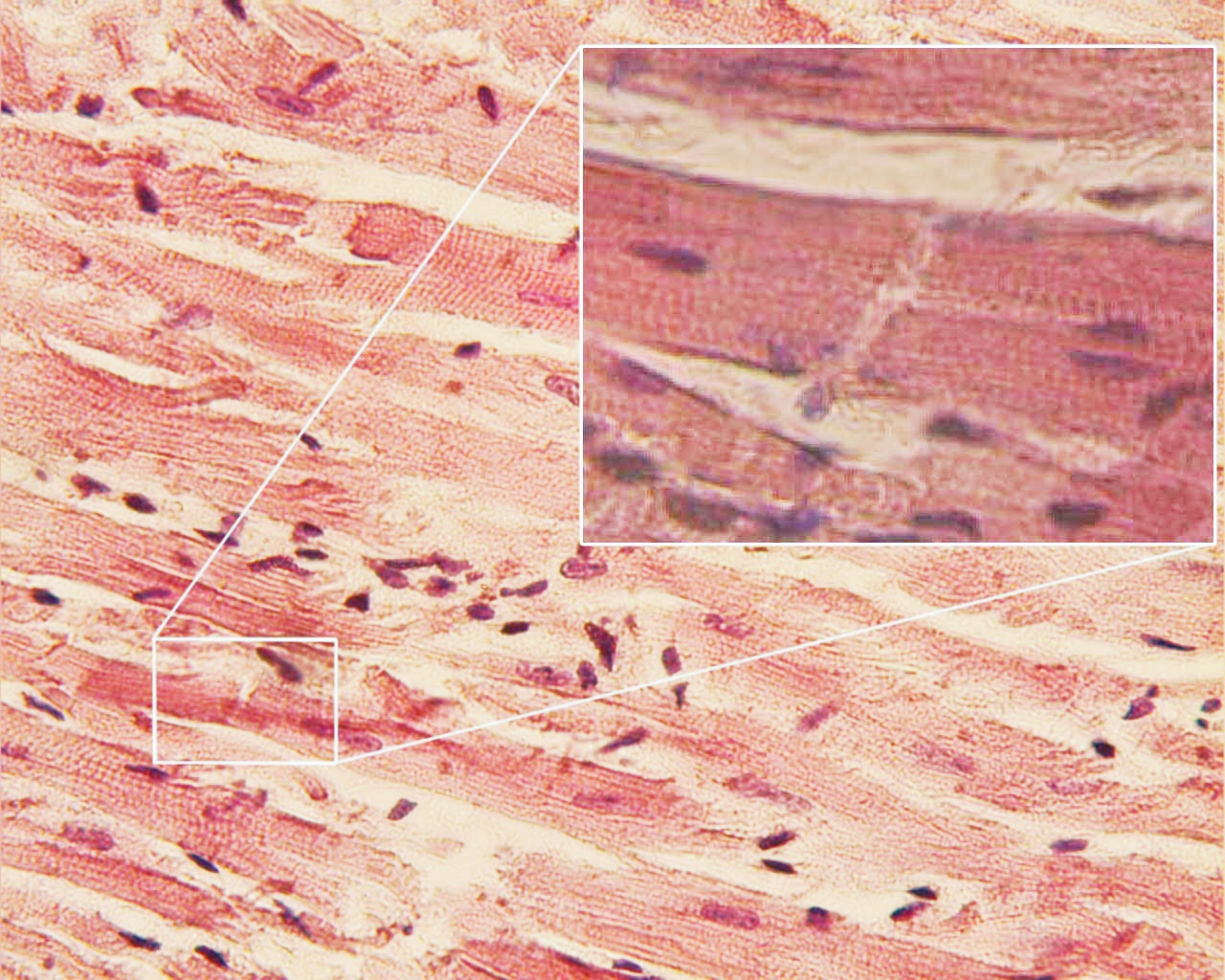
Scientists from the Laboratory of Experimental and Cellular Medicine of MIPT and the Laboratory of Cellular and Molecular Pathology of the Cardiovascular System of the Russian Scientific Center of Surgery (RSSC) have identified several mechanisms for the development of arrhythmias and their connection with myocardial edema. Academician B.V. Petrovsky writes in the MIPT journal “For Science” on August 29.
Fluid imbalance in the heart muscle (myocardial edema) accompanies many cardiovascular diseases, including coronary heart disease, myocardial infarction, and myocarditis. Its role in myocardial dysfunction became clear during MRI diagnosis of these patients. But the relationship between the occurrence of arrhythmias and myocardial edema required study.
The first author of the study, junior researcher at the Laboratory of Cellular and Molecular Pathology of the Cardiovascular System of the Russian Scientific Center of Surgery named after her. Alaska. BV Petrovsky Diana Kiseleva explained:
“Why does fluid imbalance in the myocardium attract the interest of researchers? The fact is that the heart, compared to other organs, is extremely sensitive to even small changes in fluid volume: an increase of just a few percent significantly worsens contraction and, as a result, cardiac output. At the same time, this myocardial edema is characterized by different sizes, focality and can have different underlying causes, which only complicates its study.”.
The main initiators of heart contraction are active calcium particles in the excitable cells of the myocardium, which are closely related to the propagation of excitation. At the same time, the rate of calcium distribution in them may indicate the possibility of arrhythmia.
To elucidate calcium behavior during myocardial edema, the researchers used fluorescent staining and optical mapping to analyze the dynamics of calcium distribution in monolayers of rat cardiac muscle cells (cardiomyocytes).
“To simulate swelling, we change the osmolality (particle concentration) of the solution. It is the difference in osmotic pressure due to the particle concentration gradient between the external environment and the internal environment of the cell that leads to a change in its volume.”“, Diana Kiseleva said about the experiments.
Their results showed that in such a cellular model, a low concentration of calcium particles (hypo-osmolality) causes an increase in cell size, which corresponds to myocardial edema and can lead to fatal ventricular arrhythmias. Thus, hypo-osmolality in monolayer cells caused the appearance of stable spiral waves in them – areas of arrhythmogenicity.
Furthermore, after 60 minutes of maintaining these cells (incubation) in a very low osmolality solution, in addition to spiral waves, multiple excitation foci with wave breaks were recorded, characteristic of fibrillations and corresponding to a maximum increase in cell size.
“Our results show that as cellular inflammation increases and osmolality decreases, calcium wave patterns change, each of which is responsible for different types of arrhythmias. In case of very low osmolality, multiple excitation foci are observed that could cause fibrillation. With a slight decrease in osmolality, spiral waves appear, which are associated with the onset of tachycardia.”“, added Vitaly Dzhabrailov, co-author of the study and employee of the Laboratory of Experimental and Cellular Medicine at MIPT.
These waves can be caused by changes in the structure of cardiac tissue due to edema, which leads to loss of contacts and even death of conductive cells, and the resulting non-conductive zone becomes a source of ventricular fibrillation, the most dangerous type of ventricular arrhythmias.
The potential pathways of arrhythmia in the ventricles of the heart identified by the researchers will help in future studies of possible scenarios for the development of arrhythmia during edema and will reduce the risks of this pathology for patients.
The results of the study were presented in the article “Arrhythmogenic potential of myocardial edema: interstitial osmolality induces spiral waves and multiple bursts of excitation,” published in the journal Biomedicines.
Source: Rossa Primavera
I am Michael Melvin, an experienced news writer with a passion for uncovering stories and bringing them to the public. I have been working in the news industry for over five years now, and my work has been published on multiple websites. As an author at 24 News Reporters, I cover world section of current events stories that are both informative and captivating to read.
